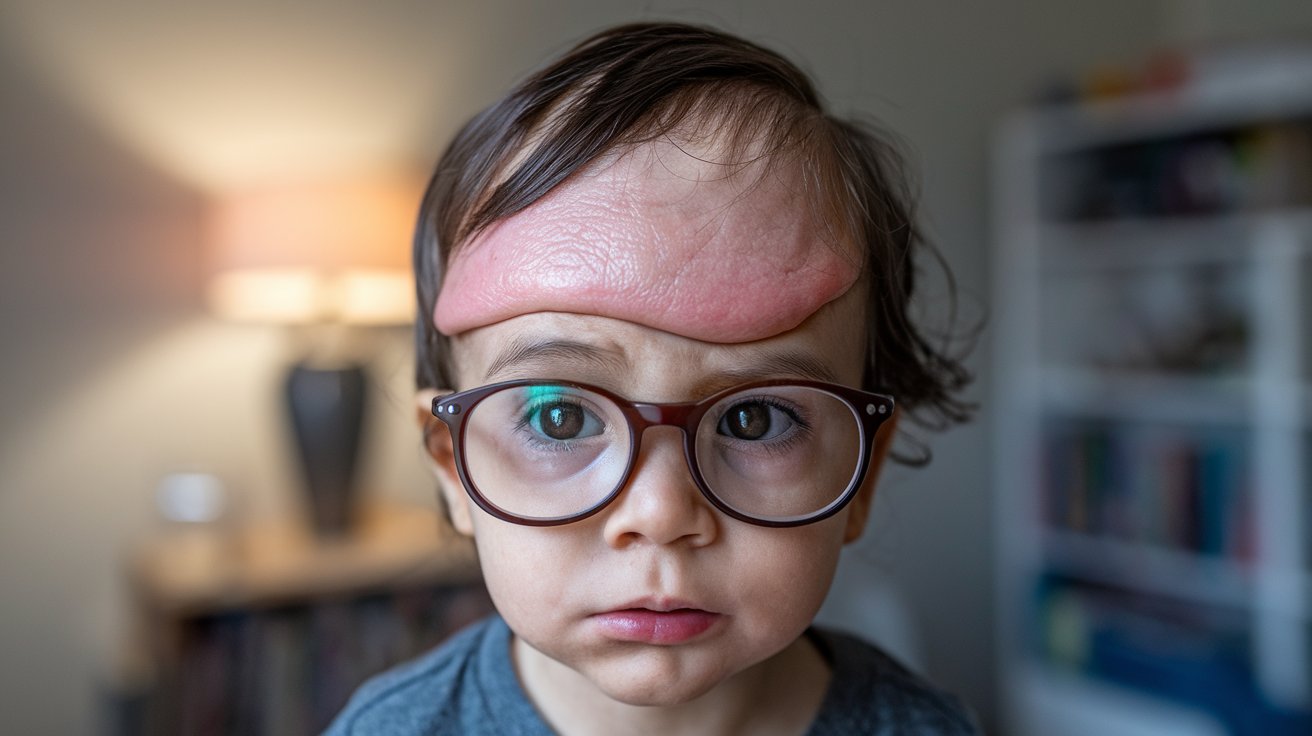
Lateral Meningocele Syndrome is a rare genetic disorder that affects the nervous system and skeletal structure. Characterized by the presence of meningoceles, which are sacs filled with spinal fluid, this condition can lead to various physical and neurological issues. Symptoms often include distinctive facial features, muscle weakness, and scoliosis. Caused by mutations in the NOTCH3 gene, this syndrome is typically diagnosed through genetic testing and imaging studies. Treatment focuses on managing symptoms and may involve surgery, physical therapy, and other supportive measures. Understanding this condition is crucial for those affected and their families, as it helps in navigating the challenges and seeking appropriate care.
Key Takeaways:
- Lateral Meningocele Syndrome (LMS) is a rare genetic disorder that affects the spine and can cause unique physical traits, developmental delays, and neurological symptoms. Early diagnosis and multidisciplinary care are crucial for managing LMS.
- Living with LMS presents challenges, but with support from support groups, educational accommodations, adaptive devices, regular exercise, and a balanced diet, individuals can lead fulfilling lives. Ongoing research and advocacy efforts aim to improve understanding and support for LMS.
What is Lateral Meningocele Syndrome?
Lateral Meningocele Syndrome (LMS) is a rare genetic disorder. It affects the connective tissues and can cause various physical abnormalities. Here are some intriguing facts about this condition.
- LMS is caused by mutations in the NOTCH3 gene. This gene plays a crucial role in the development of blood vessels and smooth muscle cells.
- The syndrome is inherited in an autosomal dominant pattern. This means only one copy of the altered gene is enough to cause the disorder.
- LMS primarily affects the spine. Patients often have lateral meningoceles, which are protrusions of the meninges through gaps in the vertebrae.
Physical Characteristics of LMS
People with LMS often exhibit distinct physical traits. These characteristics can help in diagnosing the condition.
- Individuals may have a tall stature. Many people with LMS are taller than average.
- Facial features are often unique. These can include a prominent forehead, deep-set eyes, and a long face.
- Joint hypermobility is common. This means joints can move beyond the normal range of motion.
- Scoliosis, or curvature of the spine, is frequently observed. This can lead to back pain and other complications.
Neurological and Cognitive Aspects
LMS doesn’t just affect physical appearance. It can also impact neurological and cognitive functions.
- Some patients experience developmental delays. These can affect speech, motor skills, and learning abilities.
- Seizures are a possible symptom. Not everyone with LMS will have seizures, but it is a known risk.
- Hydrocephalus, or fluid buildup in the brain, can occur. This condition requires medical intervention to prevent serious complications.
Diagnosis and Treatment
Diagnosing and treating LMS involves a multidisciplinary approach. Early detection can improve the quality of life for those affected.
- Genetic testing is essential for diagnosis. Identifying mutations in the NOTCH3 gene confirms the condition.
- MRI scans help visualize spinal abnormalities. These scans can show the presence of lateral meningoceles.
- Regular monitoring is crucial. Ongoing medical check-ups can help manage symptoms and prevent complications.
- Physical therapy can improve mobility. Exercises tailored to individual needs can enhance joint function and reduce pain.
- Surgical interventions may be necessary. In severe cases, surgery can correct spinal deformities or relieve pressure on the brain.
Living with LMS
Living with LMS presents unique challenges. However, with proper care and support, individuals can lead fulfilling lives.
- Support groups offer emotional and practical help. Connecting with others who have LMS can provide valuable insights and encouragement.
- Educational accommodations can aid learning. Tailored educational plans help address developmental delays and learning difficulties.
- Adaptive devices can enhance daily living. Tools like braces or wheelchairs can improve mobility and independence.
- Regular exercise is beneficial. Staying active helps maintain muscle strength and joint flexibility.
- A balanced diet supports overall health. Proper nutrition is important for managing symptoms and promoting well-being.
Research and Future Directions
Ongoing research aims to better understand LMS and develop new treatments. Scientists are making progress in uncovering the complexities of this condition.
- Animal models are used to study LMS. These models help researchers explore the effects of NOTCH3 mutations.
- Gene therapy holds promise. Future treatments may involve correcting the genetic mutations that cause LMS.
- Clinical trials are underway. New medications and therapies are being tested to improve the lives of those with LMS.
- Patient registries collect valuable data. These databases help track the natural history of LMS and identify trends.
- Collaboration among researchers is key. Sharing knowledge and resources accelerates the discovery of new treatments.
Raising Awareness
Increasing awareness about LMS can lead to better support and resources for affected individuals and their families.
- Advocacy groups play a vital role. These organizations work to raise awareness and fund research.
- Educational campaigns inform the public. Spreading knowledge about LMS helps reduce stigma and promote understanding.
- World Rare Disease Day highlights conditions like LMS. This annual event brings attention to rare diseases and the need for research and support.
Final Thoughts on Lateral Meningocele Syndrome
Lateral Meningocele Syndrome, though rare, presents unique challenges and characteristics. Understanding its symptoms, causes, and treatments can help those affected lead better lives. Early diagnosis and intervention are crucial for managing the condition effectively. Genetic counseling and regular medical check-ups play a significant role in providing the necessary support.
Families and caregivers should stay informed and connected with medical professionals to ensure the best care. Support groups and online communities can offer valuable resources and emotional support. Awareness and education about Lateral Meningocele Syndrome can lead to better outcomes and improved quality of life for those affected.
Staying proactive and engaged with the latest research and treatments can make a significant difference. Remember, knowledge is power, and being well-informed can help navigate the complexities of this condition.
Frequently Asked Questions
Was this page helpful?
Our commitment to delivering trustworthy and engaging content is at the heart of what we do. Each fact on our site is contributed by real users like you, bringing a wealth of diverse insights and information. To ensure the highest standards of accuracy and reliability, our dedicated editors meticulously review each submission. This process guarantees that the facts we share are not only fascinating but also credible. Trust in our commitment to quality and authenticity as you explore and learn with us.


